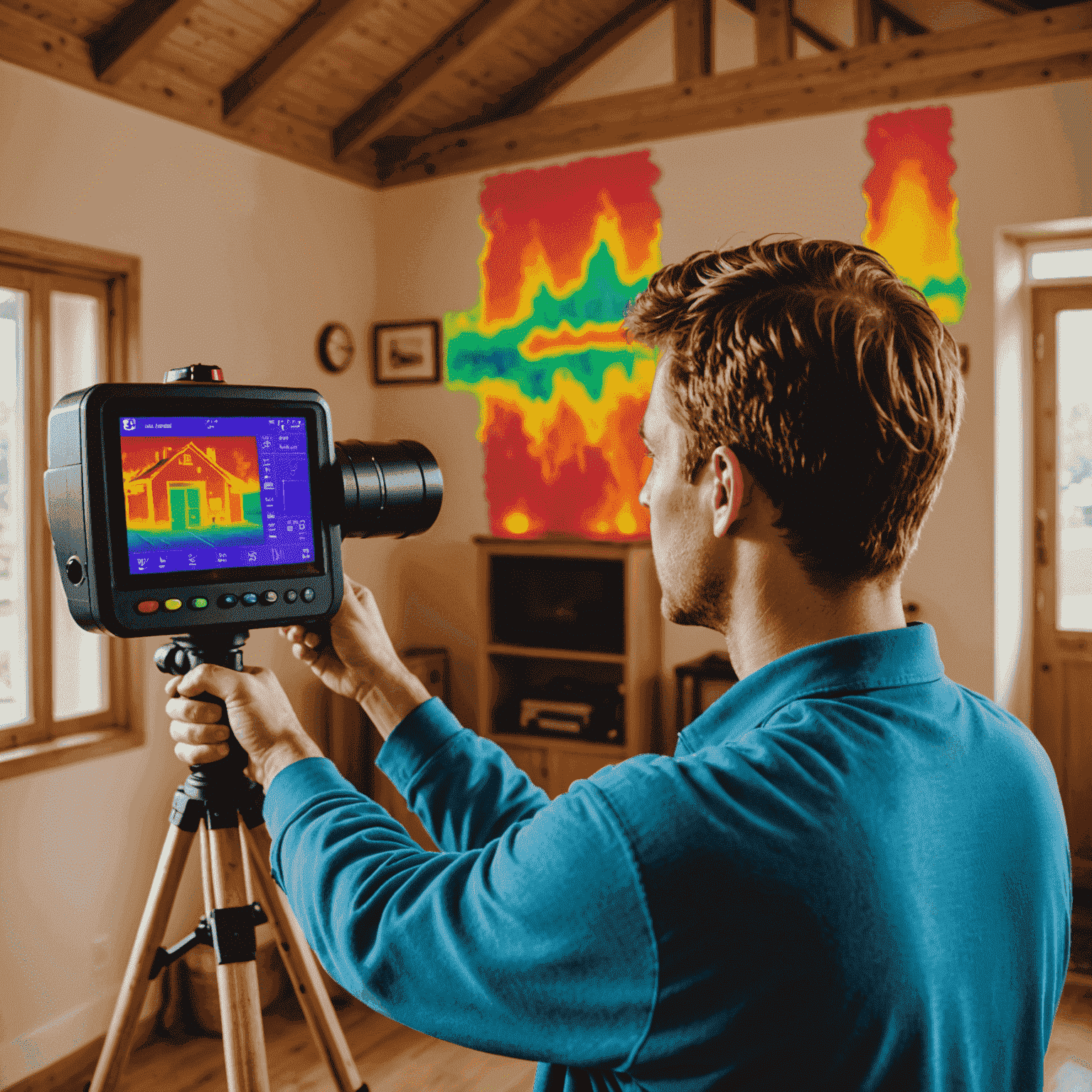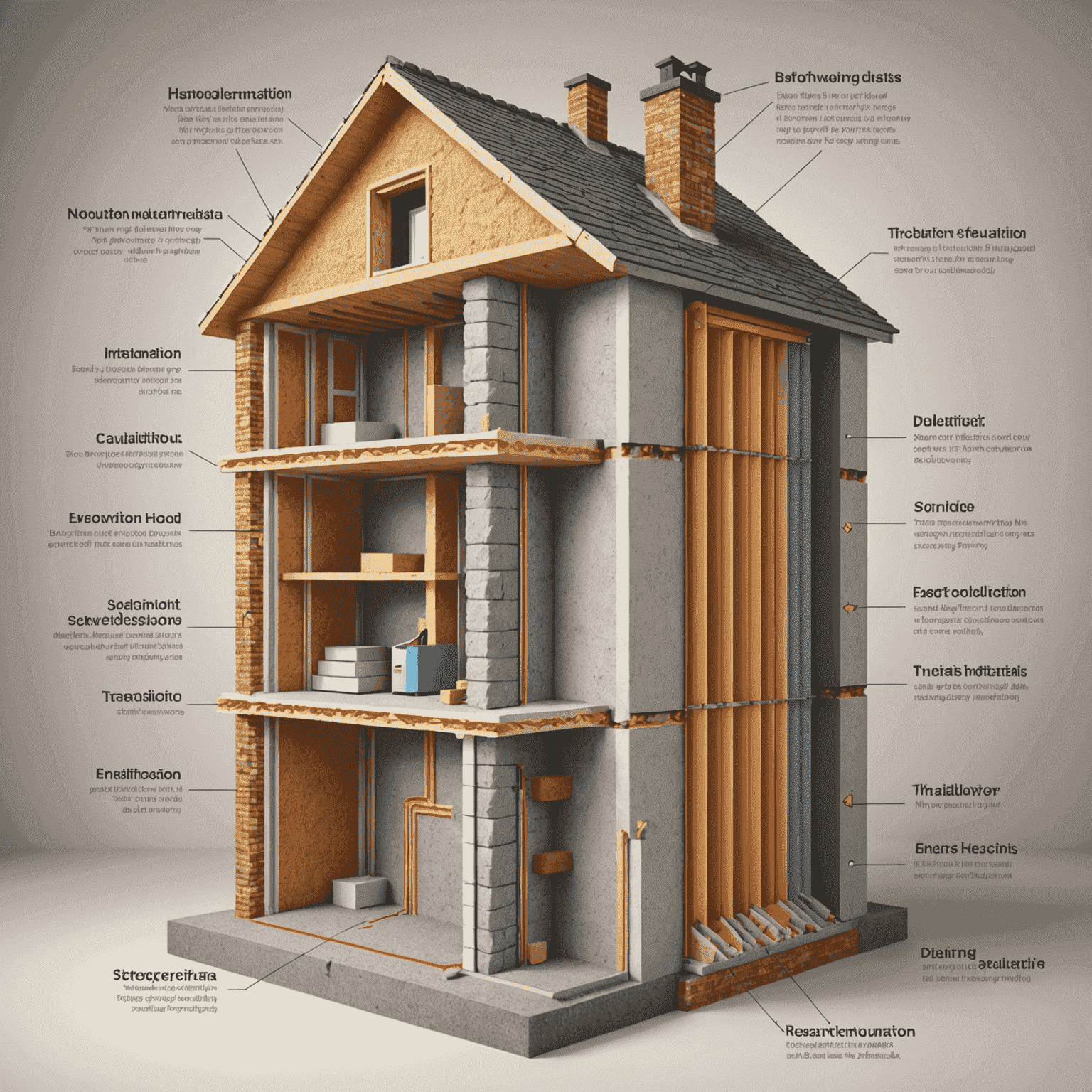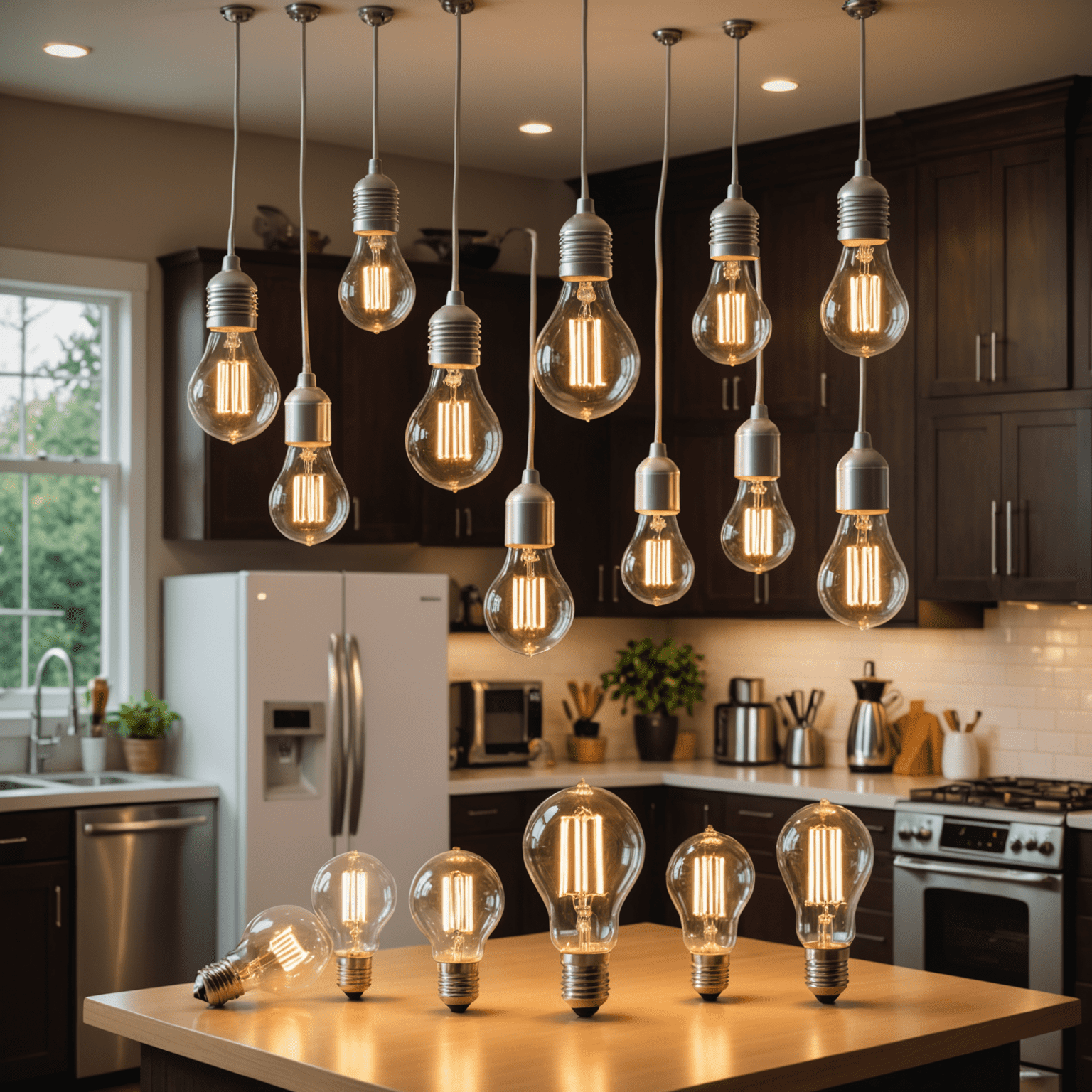DIY Energy Audits: Identifying Efficiency Opportunities in Your Home
Discover how to conduct your own home energy audit and uncover potential areas for improved energy efficiency. This step-by-step guide will help you create a more sustainable living space while potentially reducing your energy costs.

1. Prepare for Your Audit
Before you begin, gather the following tools:
- Flashlight
- Thermometer
- Notebook and pen
- Incense stick or smoke pencil
- Ruler or measuring tape
2. Inspect Your Home's Exterior
Walk around your home's exterior and look for:
- Gaps or cracks in the walls
- Areas where different materials meet (e.g., wood siding and brick)
- Spaces around windows and doors
- Condition of the roof and chimney
Note any issues you find, as these could be potential sources of energy loss.
3. Check Insulation
Examine your home's insulation in the attic, walls, and basement:
- Measure the depth of attic insulation
- Look for gaps or areas with missing insulation
- Check if the insulation is evenly distributed

4. Detect Air Leaks
Use an incense stick or smoke pencil to find air leaks:
- Close all windows and doors
- Turn off combustion appliances
- Turn on exhaust fans in the kitchen and bathrooms
- Light the incense and move it around potential leak areas
- Watch for smoke movement indicating air leaks
5. Evaluate Heating and Cooling Systems
Assess your HVAC system:
- Check and replace filters if necessary
- Look for dust or debris around vents
- Inspect ductwork for leaks or disconnections
- Note the age and condition of your heating and cooling units
6. Examine Lighting and Appliances
Review your home's lighting and appliances:
- Count the number of incandescent bulbs still in use
- Check the age and energy ratings of major appliances
- Look for energy-saving features on electronics
- Identify any appliances that may be using standby power

7. Analyze Your Findings
After completing your audit:
- Review your notes and observations
- Prioritize areas that need improvement
- Research energy-efficient solutions for identified issues
- Create an action plan to address the most significant energy loss areas
Conclusion
By conducting your own energy audit, you've taken an important step towards creating a more energy-efficient and sustainable home. Use your findings to make informed decisions about upgrades and improvements that will reduce your energy consumption and contribute to a greener future.